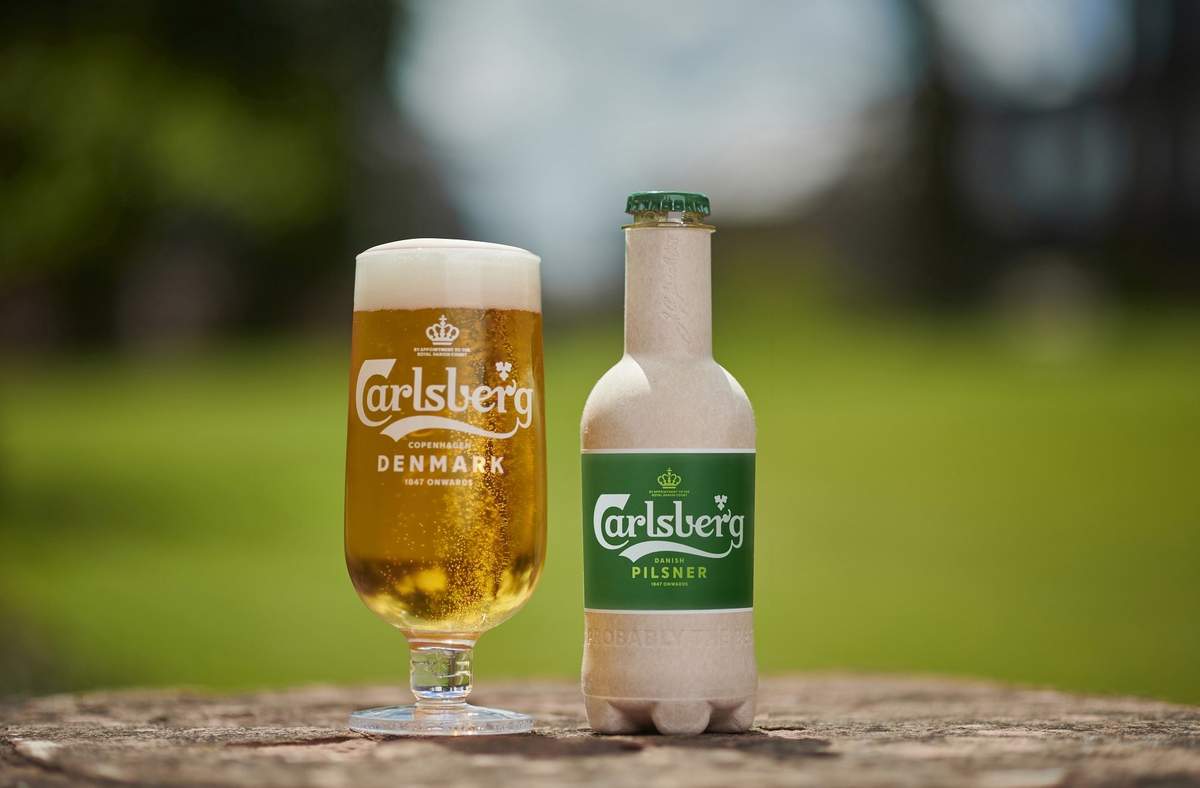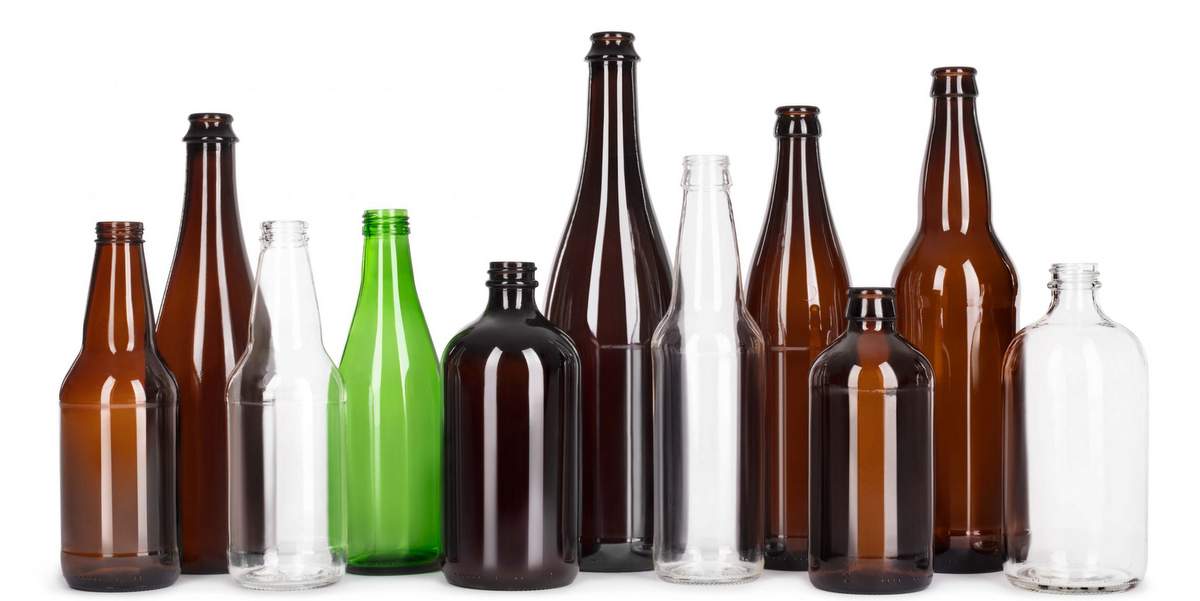
Here are some fun facts about Carlsberg. The Carlsberg Group was the third biggest beer brewing group in the world in 2021, according to our post last week. In fact, it had an 8.6 percent increase in beer output from 2020 to 2021. The Carlsberg Group owns a zillion brands, ranging from 1664 and Falcon to KOFF and Saku. I’ve always enjoyed the marketing tag line: “Carlsberg, probably the best beer in the world.” On the American side, Carlsberg has a strong partnership with Brooklyn Brewery. Carlsberg bought brand rights for Brooklyn beer in Europe and parts of Asia for $130 million in 2020. Brooklyn and Carlsberg even have joint venture breweries together like New Carnegie Brewery in Stockholm, Sweden, and EC Dahls Brewery in Trondheim, Norway.
Besides these few instances, Carlsberg doesn’t really show up much on my radar — unless we’re talking about interesting environmentally focused packaging products. Let’s take for instance the Carlsberg Snap Pack, which is an innovative sustainable packaging solution where Carlsberg cans are glued together in a multipack instead of using shrink-wrapping, hi-cone rings or other secondary packaging solutions. The innovation was invented by KHS subsidiary NMP Systems and developed together with Carlsberg over three years. Here’s Mads Mikkelsen discussing it:
Ever cooler is the Carlberg Fibre Bottle. We’ve been talking about the Fibre Bottle for a couple of years now, but recently its largest pilot to date was announced by Carlsberg Group for this bio-based and fully recyclable beer bottle. From the press release:
The pilot, which is vital to accelerating Carlsberg’s ambition of making the beer bottle a commercial reality, will see 8,000 Fibre Bottles being sampled in eight Western European markets: Denmark, Sweden, Norway, Finland, United Kingdom, Poland, Germany and France. The bottles will be placed into the hands of local consumers, customers and other stakeholders through select festivals and flagship events, as well as targeted product samplings. Testing at this scale will give Carlsberg the opportunity to gather feedback on people’s experiences of the product, which will inform the next generation of design.
What exactly makes up the Fibre Bottle? According to Carlsberg, the outer shell is made from wood fibers. There’s also a plant-based PEF polymer lining that was developed by Carlsberg’s partner Avantium, a leading expert in renewable chemistry. Both the shell and the lining are not only green but also good for the beer. From the release:
PEF is made entirely from natural raw materials, is compatible with plastic recycling systems, and can degrade into nature should it end up outside national recycling systems. Beyond its sustainable packaging benefits, PEF functions as a highly effective barrier between the beer and the fibre outer shell, protecting the taste and fizziness of the beer better than conventional fossil-fuel-based PET plastic.
The outer shell of the bottle, produced by the packaging company Paboco, consists of sustainably-sourced wood fibre and is also bio-based. This shell has the added benefit of insulative properties which can help keep beer colder for longer, compared to cans or glass bottles.
Alas, the bottle isn’t 100 percent bio-based. That pesky cap! Luckily, going forward, Paboco, Carlsberg and other partners are exploring alternative fiber-based bottle caps. In fact, they’re hoping to have a solution by 2023, which is impressive. Carlsberg also mentioned in that same press release that it’s concentrating on brewing greener beer. In collaboration with barley malt supplier Soufflet, Carlsberg has begun brewing some beer with barley that has been cultivated using fully organic and regenerative agricultural practices.
Generation 3.0
So, this is Generation 2.0 of the Fibre Bottle, and Carlsberg has plans for advancement. The company notes that the 2.0 Fiber Bottle already performs better than the single-use glass bottle in the product´s lifecycle assessment, but the company hopes to achieve up to 80 percent less emissions than current single-use glass bottles with the Generation 3.0 design.
Thus, for every single-use glass bottle created, five Fibre Bottles could be created using the same carbon footprint. Ultimately, Carlsberg is aiming for the Fibre Bottle to achieve the same low carbon footprint as the refillable glass bottle, which is currently the best-performing primary packaging when collected and reused in efficient systems. When the Fibre Bottle is commercialized at scale, it will expand Carlsberg consumers’ choice and complement, rather than replace, existing packaging like glass bottles and cans.
Sounds very cool. Oh and here’s Mads Mikkelsen showing how much he enjoys the Fiber Bottle.




Jim Snider says
Certainly won’t win any package design awards.